The idea that sexuality is a spectrum rather than the variation between two extremes (completely homosexual or heterosexual) isn't a new one. In fact, tools like the Kinsey scale and the human sexuality spectrum, which claim that most people fall somewhere in between 100% gay or straight, have both been widely discussed and, to differing degrees, accepted by the LGBTQ community for years, even if they hadn't been demonstrated with cold hard data... until now.
Researchers at Cornell University recently published a study in the Journal of Personality and Social Psychology which claims there's no such thing as a "straight" man or woman.
The team used some interesting methods to gather their data.
Many psychological tests which deal with sexual arousal rely on self-reporting, which can be somewhat unreliable if the test subject has any biases which might skew his or her answers. So, for this study, the researchers decided to measure sexual arousal based on "physical responses" like pupil dilation (human's pupils dilate when they're turned on).
From there, it was a simple matter of showing the test subjects various selections of pornography and taking a close look at their pupil's responses!
Ritch C. Savin-Williams, Director of Developmental Psychology at Cornell University and author of the study, further explained the process to 'Broadly:'
It's basically a study that assesses sexual orientation by looking at the eyes and whether they dilate or not. You can't control your eye dilation. Essentially, that's what the whole project attempts to get at, another way of assessing sexuality without relying on self report. Another way of course is genital arousal, but that gets a little invasive.
The team's results were unexpected!
Women's eyes would dilate when viewing images of a man and woman having sex, or just two women having sex. This was slightly different for lesbians who, like (purportedly heterosexual) men, responded to both sexes, but showed a more prominent preference for women.
Savin-William's also described straight male's responses:
We show straight men a picture of a woman masturbating and they respond just like a straight guy, but then you also show them a guy masturbating and their eyes dilate a little bit. So we're actually able to show physiologically that all guys are not either gay, straight, or bi.
Even among LGBTQ individuals, however, the study has its detractors. Some are skeptical of how effective measuring pupil dilation can be for detecting real sexual attraction.
Though human sexuality is far from completely understood, Savin-Williams is certain a more flexible, spectrum-based understanding of who we're attracted to will make the world a better place:
If you look at women, the self esteem of lesbian women tends to be higher than that of straight women. Maybe they feel like they have more freedom [to be who they really are]. Granted, society may not always like it, but it is your own authentic self.
H/T - The Independent, Broadly





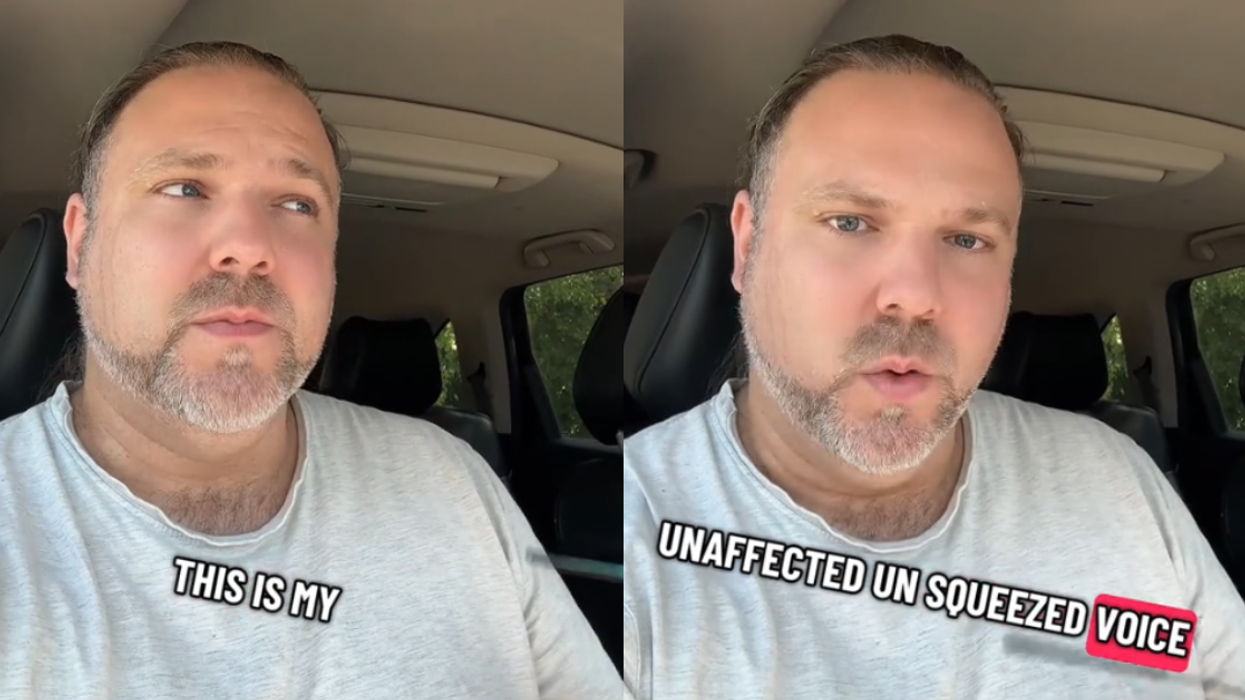



 u/TheShoobster420/Reddit
u/TheShoobster420/Reddit u/hamncheesecroissantt/Reddit
u/hamncheesecroissantt/Reddit u/richyoung1994/Reddit
u/richyoung1994/Reddit u/Pasco08/Reddit
u/Pasco08/Reddit u/Boring_Emergency7973/Reddit
u/Boring_Emergency7973/Reddit u/glttrgrlryn/Reddit
u/glttrgrlryn/Reddit u/AdEnvironmental8822/Reddit
u/AdEnvironmental8822/Reddit u/HelloKittyGothGF3/Reddit
u/HelloKittyGothGF3/Reddit u/JustAGuyWhoLoves2Fly/Reddit
u/JustAGuyWhoLoves2Fly/Reddit u/robotcoup/Reddit
u/robotcoup/Reddit u/Life_Lavishness4773/Reddit
u/Life_Lavishness4773/Reddit u/BackgroundPirate3655/Reddit
u/BackgroundPirate3655/Reddit u/Special_Push7751/Reddit
u/Special_Push7751/Reddit







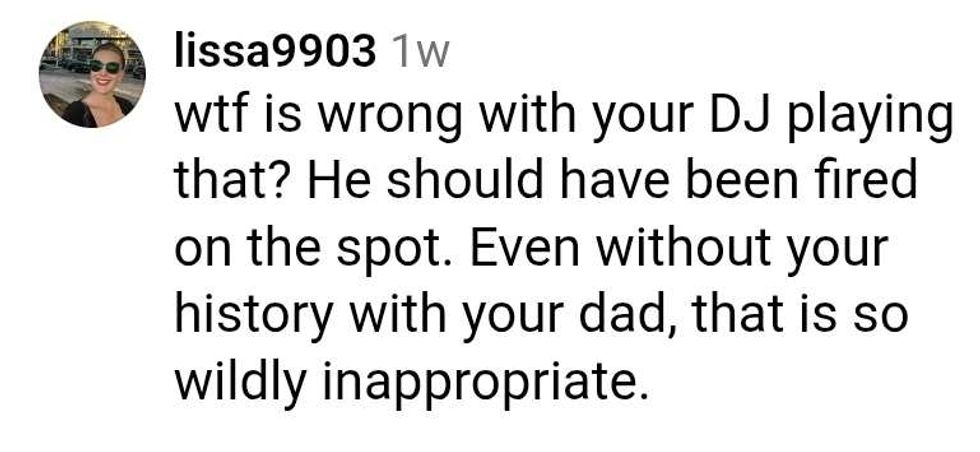 @courtneyraspor/Instagram
@courtneyraspor/Instagram @courtneyraspor/Instagram
@courtneyraspor/Instagram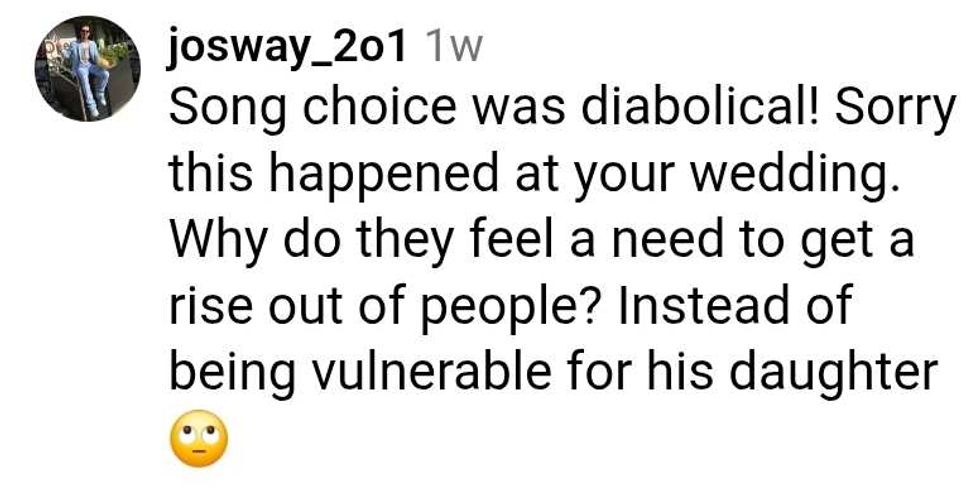 @courtneyraspor/Instagram
@courtneyraspor/Instagram @courtneyraspor/Instagram
@courtneyraspor/Instagram @courtneyraspor/TikTok
@courtneyraspor/TikTok @courtneyraspor/TikTok
@courtneyraspor/TikTok @courtneyraspor/TikTok
@courtneyraspor/TikTok @courtneyraspor/TikTok
@courtneyraspor/TikTok @courtneyraspor/TikTok
@courtneyraspor/TikTok @courtneyraspor/TikTok
@courtneyraspor/TikTok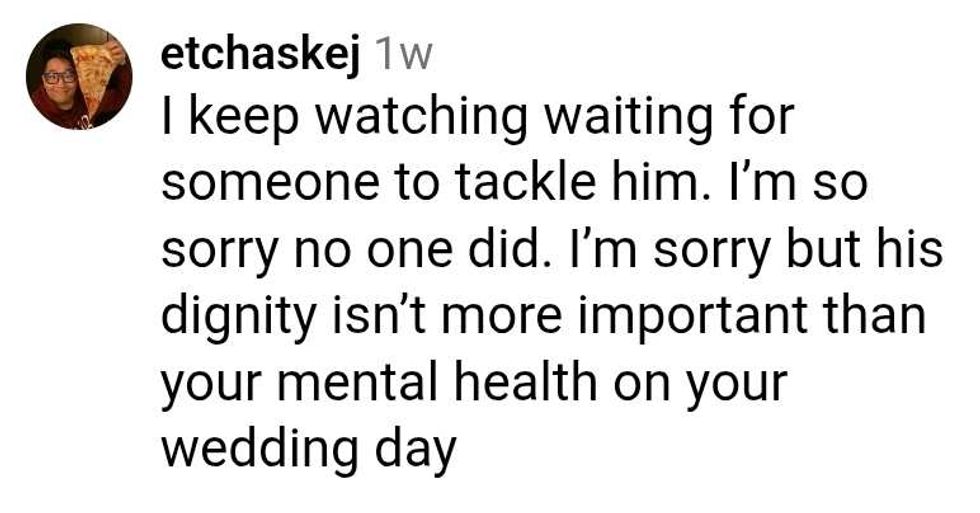 @courtneyraspor/Instagram
@courtneyraspor/Instagram @courtneyraspor/Instagram
@courtneyraspor/Instagram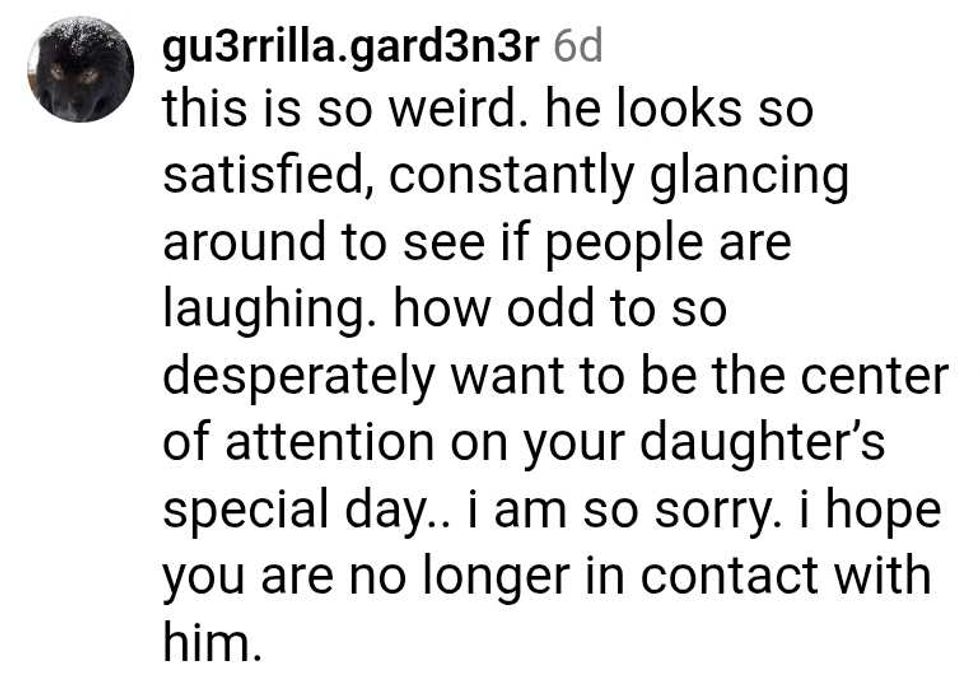 @courtneyraspor/Instagram
@courtneyraspor/Instagram @courtneyraspor/Instagram
@courtneyraspor/Instagram @courtneyraspor/Instagram
@courtneyraspor/Instagram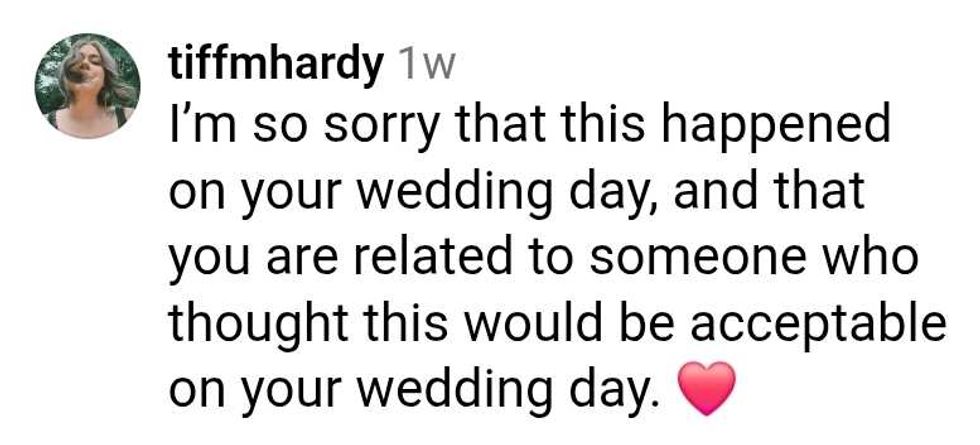 @courtneyraspor/Instagram
@courtneyraspor/Instagram @courtneyraspor/Instagram
@courtneyraspor/Instagram @courtneyraspor/Instagram
@courtneyraspor/Instagram @courtneyraspor/Instagram
@courtneyraspor/Instagram